In a world where human activity increasingly encroaches on natural habitats, many wild animals find themselves orphaned, injured, or unable to survive in their native environments. While professional wildlife rehabilitators play a crucial role in animal recovery, a growing movement of dedicated pet owners has emerged, providing specialized care for formerly wild animals that cannot return to their natural habitats. These compassionate individuals create bridges between wild and domestic life, offering sanctuary and rehabilitation to creatures from squirrels and raccoons to birds of prey and even larger mammals. Their work requires specialized knowledge, legal compliance, and deep commitment, offering these animals a second chance at life while raising awareness about wildlife conservation and the delicate balance between humans and the natural world.
The Legal Framework for Rehabilitating Wild Animals

Before any pet owner considers rehabilitating a formerly wild animal, understanding the complex legal landscape is essential. In most countries, including the United States, keeping native wildlife requires specific permits and licenses that vary by state and species. The Migratory Bird Treaty Act, for example, makes it illegal to possess most native bird species without proper authorization, while endangered species fall under additional protection through the Endangered Species Act. Legitimate wildlife rehabilitators must undergo training, certification, and regular facility inspections to maintain their permits. These regulations exist not only to protect wildlife but also to ensure that animals receive proper care from qualified individuals who understand their specialized needs beyond what typical pet owners might provide.
From Wildlife Rehabilitator to Forever Home

The path from wild animal to permanent captive care follows a critical assessment process conducted by professional wildlife rehabilitators. When animals arrive at rehabilitation facilities, experts evaluate their potential for release based on factors including physical health, species-specific behaviors, and ability to survive independently. Some animals—particularly those with permanent disabilities, imprinting on humans, or lacking crucial survival skills—are deemed “non-releasable.” In these cases, licensed pet owners with appropriate facilities and expertise may provide permanent homes through official channels and proper permitting. This transition requires extensive documentation, facility inspections, and proof of species-specific knowledge to ensure the animal will receive appropriate lifelong care that meets both its physical and psychological needs.
Creating Species-Appropriate Environments

One of the most significant challenges for pet owners rehabilitating formerly wild animals is creating living spaces that accommodate natural behaviors while ensuring safety. This often requires substantial modification to traditional pet enclosures or even dedicated outdoor facilities that mimic aspects of natural habitats. For formerly wild birds, this might include large flight enclosures with varied perching surfaces, natural light, and bathing opportunities, while mammals might need climbing structures, digging substrates, or swimming areas depending on their species. Successful rehabilitators often incorporate enrichment features that encourage natural foraging, hunting, or problem-solving behaviors to maintain physical and mental well-being. These specialized environments require significant space, research, and financial investment, far beyond what ordinary pet ownership demands.
The Nutritional Challenges of Wild Animal Diets

Meeting the nutritional requirements of formerly wild animals presents complex challenges that differ dramatically from feeding domestic pets. Wild animals have evolved to thrive on specific diets that may be difficult to replicate in captivity, requiring pet owners to research extensively and often prepare specialized meals. For example, raptors require whole prey items that provide not just meat but also bones, fur, and organs that contain essential nutrients and aid digestion. Herbivores may need diverse plant matter that changes seasonally to match their natural feeding patterns. Some rehabilitators grow or collect native plants, raise feeder insects, or source specialty items like particular nuts, berries, or fish species to maintain proper nutrition. This dietary management often becomes a daily commitment to prevent malnutrition and related health issues that can develop when wild animals receive inappropriate domesticated pet foods.
Veterinary Care Considerations for Wild Species

Finding appropriate medical care for formerly wild animals presents unique challenges, as most veterinarians specialize in domestic species with well-documented medical protocols. Rehabilitators must often develop relationships with exotic animal specialists or wildlife veterinarians who understand the distinctive anatomy, physiology, and medical needs of wild species. Medical treatment may require specialized equipment, different medication dosages, or entirely unique approaches compared to domestic animals. Many dedicated pet owners maintain detailed health records, learn to perform basic health assessments, and even administer routine medications or treatments themselves under veterinary guidance. The financial commitment can be substantial, as specialized exotic animal care often costs significantly more than treatment for common pets and may not be covered by standard pet insurance policies.
Behavioral Rehabilitation Techniques

Beyond physical care, formerly wild animals often require specialized behavioral rehabilitation to thrive in captivity. Unlike domestic animals bred for human companionship, wild species may exhibit stress, fear, or defensive behaviors that make handling and care challenging. Successful rehabilitators employ positive reinforcement techniques adapted specifically for wild species, gradually building trust through patience and consistency. This might involve target training that allows for voluntary medical examinations, desensitization to necessary handling procedures, or environmental modifications that reduce stress triggers. The process requires keen observation of subtle behavioral cues that differ from domestic animal body language, sometimes taking months or years to achieve meaningful progress. Rehabilitators must balance respecting the animal’s wild nature while establishing necessary human interaction for proper care and enrichment.
Educational Ambassadors: A New Purpose

Many pet owners rehabilitating formerly wild animals find purpose in transforming their charges into educational ambassadors that help teach communities about wildlife conservation. With proper permits, these animals may participate in structured educational programs at schools, nature centers, or community events where they help foster appreciation for native wildlife. Their stories of injury, rescue, and rehabilitation create powerful emotional connections that can inspire conservation action more effectively than statistics or abstract concepts alone. Rehabilitators often develop comprehensive educational materials about the species’ natural history, ecological role, and conservation challenges, turning personal rehabilitation work into broader public engagement. These programs must carefully balance the animals’ welfare with educational objectives, ensuring that ambassador animals experience minimal stress while fulfilling their important new role.
The Financial Reality of Wild Animal Rehabilitation

The financial commitment required for rehabilitating formerly wild animals extends far beyond typical pet ownership expenses, often becoming a significant lifestyle choice. Specialized enclosures may cost thousands of dollars to construct according to both legal requirements and species-specific needs, while ongoing expenses for appropriate nutrition can exceed several hundred dollars monthly for larger animals or those with specialized diets. Veterinary care represents another major expense, with exotic animal specialists charging premium rates for their specialized knowledge, and diagnostic procedures often costing substantially more than similar tests for domestic animals. Many dedicated rehabilitators modify their homes and properties or even relocate to accommodate their wildlife charges, sometimes adjusting career paths to ensure sufficient income and time for animal care. This financial reality explains why proper wildlife rehabilitation remains the domain of either licensed professionals or deeply committed private individuals with adequate resources.
Building a Support Network

Successful pet owners rehabilitating formerly wild animals rarely work in isolation, instead developing extensive support networks that provide knowledge, resources, and emotional sustenance. These connections often begin with professional wildlife rehabilitators who provide mentorship and ongoing consultation about species-specific care requirements and behavioral challenges. Many rehabilitators join specialized organizations focused on particular species or wildlife rehabilitation broadly, attending conferences and workshops to expand their knowledge. Online communities provide daily support through information sharing and problem-solving when unusual situations arise. Local veterinarians, biologists, and even zookeepers may become part of an expanded care team, offering specialized expertise when needed. These support networks prove essential not only for animal welfare but also for the rehabilitator’s well-being, providing understanding and encouragement for work that can be both physically and emotionally demanding.
The Emotional Journey of Wildlife Rehabilitation

The emotional dimension of rehabilitating formerly wild animals encompasses profound joys alongside significant challenges that reshape the caregiver’s relationship with both wildlife and domestic pets. Many rehabilitators describe profound fulfillment in witnessing an injured animal’s recovery or seeing a once-fearful creature develop trust and engagement. However, this work also brings heartbreak when animals face health setbacks or when difficult end-of-life decisions become necessary. The responsibility often creates lifestyle limitations, including travel restrictions, social constraints, and the need for consistent daily routines that accommodate the animal’s needs. Long-term rehabilitation relationships develop unique emotional bonds that differ substantially from typical pet ownership—neither fully wild nor fully domestic, requiring constant negotiation of boundaries and expectations. This emotional complexity explains why successful wildlife rehabilitators often describe their work not simply as pet ownership but as a calling or vocation.
Integration with Domestic Pets and Family Life

Incorporating formerly wild animals into households with domestic pets and family members requires careful management and clear boundaries to ensure safety and well-being for all involved. Unlike domesticated animals bred for generations to coexist with humans, rehabilitated wildlife may retain unpredictable behaviors or natural instincts that can create conflicts. Successful rehabilitators often establish separate living spaces or carefully controlled introduction protocols based on species-specific considerations and individual temperaments. Family members must receive education about appropriate interaction guidelines, understanding that formerly wild animals may never display the same social behaviors as domestic pets regardless of their time in human care. Children require particular supervision and guidance to develop respect for the animal’s boundaries and needs. This careful integration represents a balancing act between providing socialization benefits while respecting the unique nature of formerly wild species.
Ethical Considerations and Controversies

The practice of rehabilitating formerly wild animals raises complex ethical questions that thoughtful practitioners continuously navigate. Critics argue that even well-intentioned private rehabilitation may inadvertently promote wildlife exploitation by normalizing wild animals as pets, potentially encouraging others to acquire wildlife without proper permits or knowledge. Conservation biologists express concern about the resource allocation when substantial funds support individual animals rather than habitat preservation that might benefit entire species. Rehabilitators themselves often wrestle with questions about the quality of life of animals that might have expansive natural territories or complex social structures that are impossible to fully replicate in captivity. Responsible wildlife rehabilitators acknowledge these ethical tensions while advocating for strong regulatory frameworks that clearly distinguish between legitimate rehabilitation and inappropriate pet ownership of wild species.
Success Stories and Transformational Outcomes

Despite the challenges, remarkable success stories demonstrate the profound impact dedicated pet owners can have on formerly wild animals’ lives. Consider the case of Luna, a great horned owl who sustained wing damage after being struck by a vehicle, rendering her unable to hunt effectively in the wild. Under the care of a licensed rehabilitator-turned-permanent guardian, Luna transitioned from a frightened, aggressive patient to a confident educational ambassador who has helped thousands of schoolchildren develop an appreciation for native wildlife. Similarly, a formerly orphaned fox with neurological issues that prevented release now lives in a specialized sanctuary environment where his caretaker has documented his remarkable problem-solving abilities and preference for specific enrichment activities. These success stories share common elements: extraordinary commitment from caretakers, science-based approaches to care, appropriate facilities, and the ability to adapt to each animal’s individual needs and personality rather than imposing domestic pet expectations.
In conclusion, the rehabilitation of formerly wild animals by dedicated pet owners represents a unique intersection of conservation ethics, animal welfare, and human compassion. These extraordinary caregivers make substantial sacrifices of time, money, and lifestyle flexibility to provide second chances for animals that cannot return to their natural habitats. Their work offers not only individual rescue but also valuable educational opportunities that foster broader wildlife appreciation and conservation awareness. While not appropriate for casual pet owners, this specialized caregiving provides crucial backup capacity for professional wildlife rehabilitation systems often stretched beyond capacity. Through proper licensing, ongoing education, and commitment to species-appropriate care, these dedicated individuals create bridges between wild and domestic worlds—honoring both the wild nature of their charges and the human capacity for healing and connection across species boundaries.

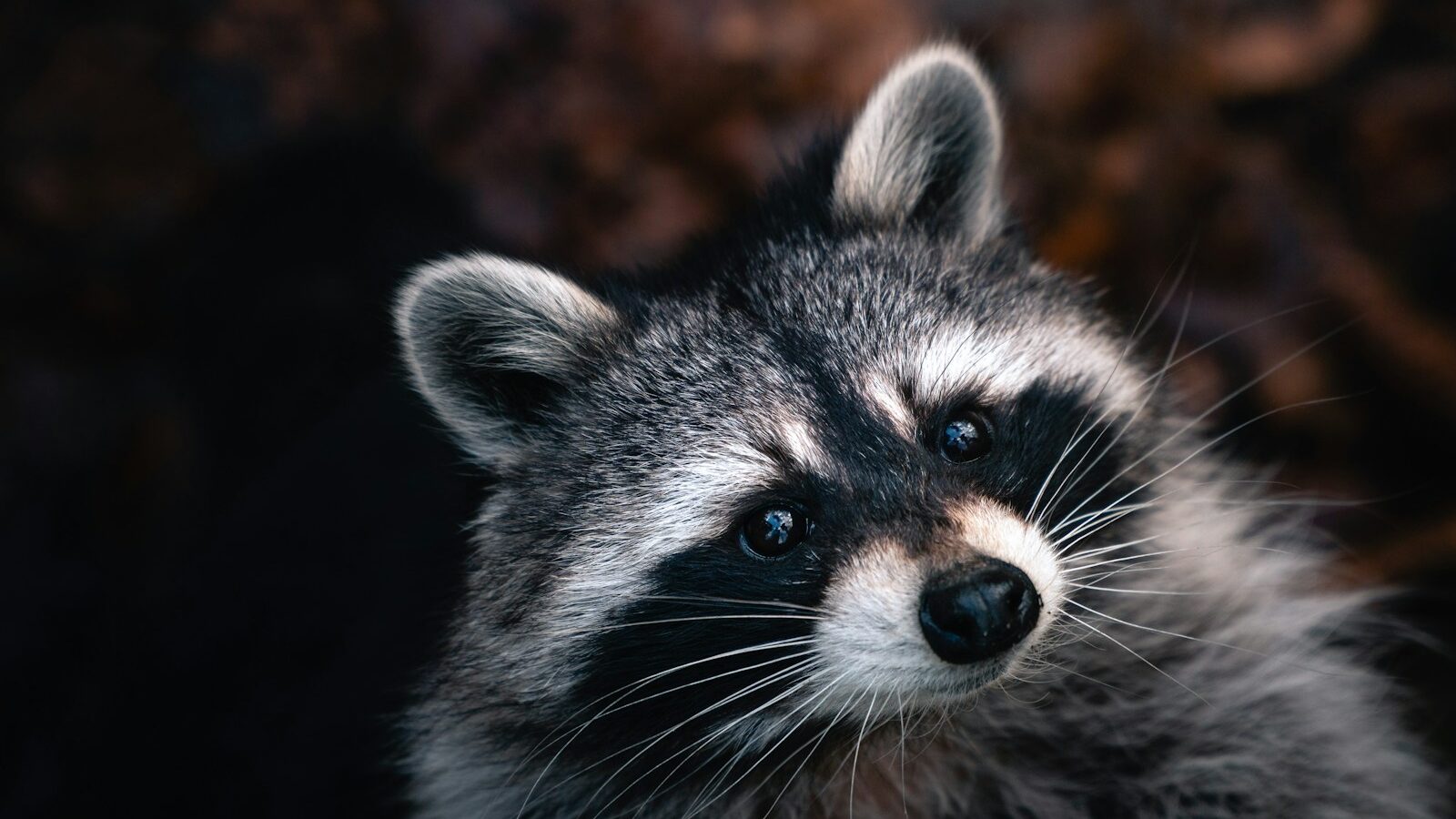
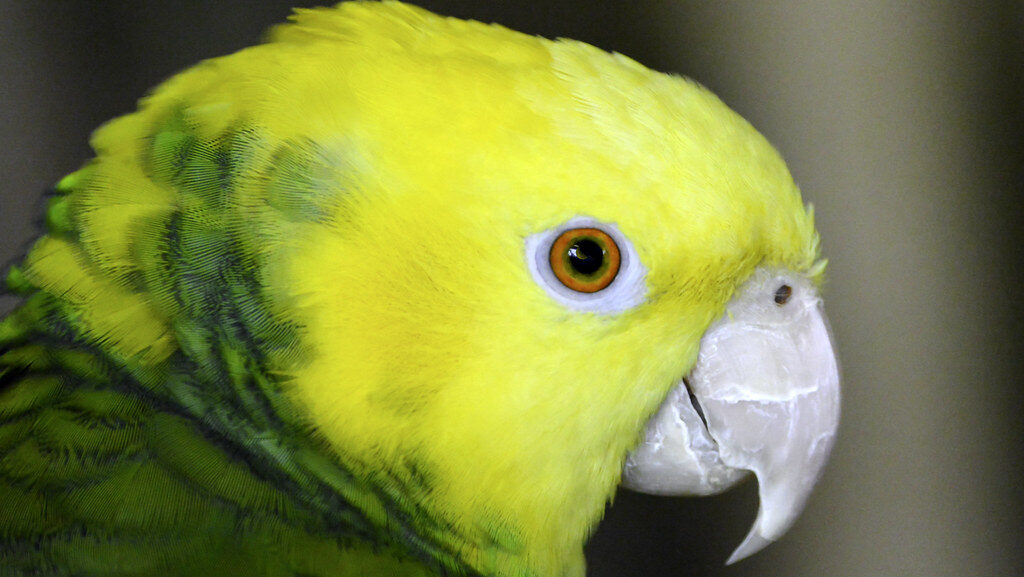
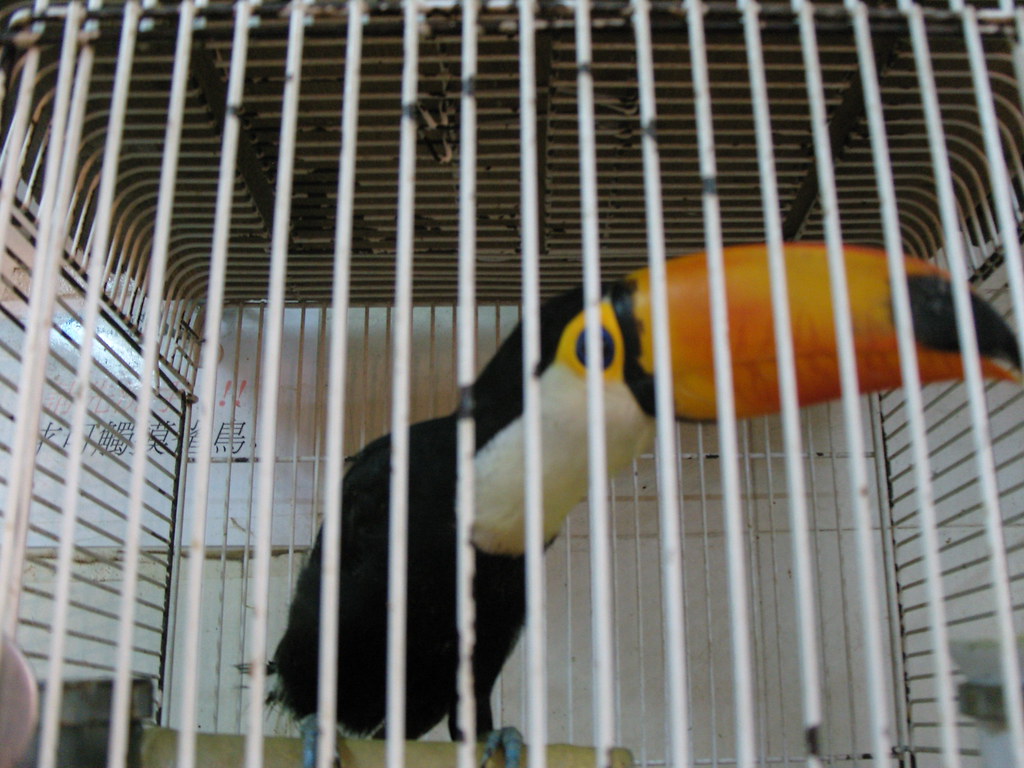
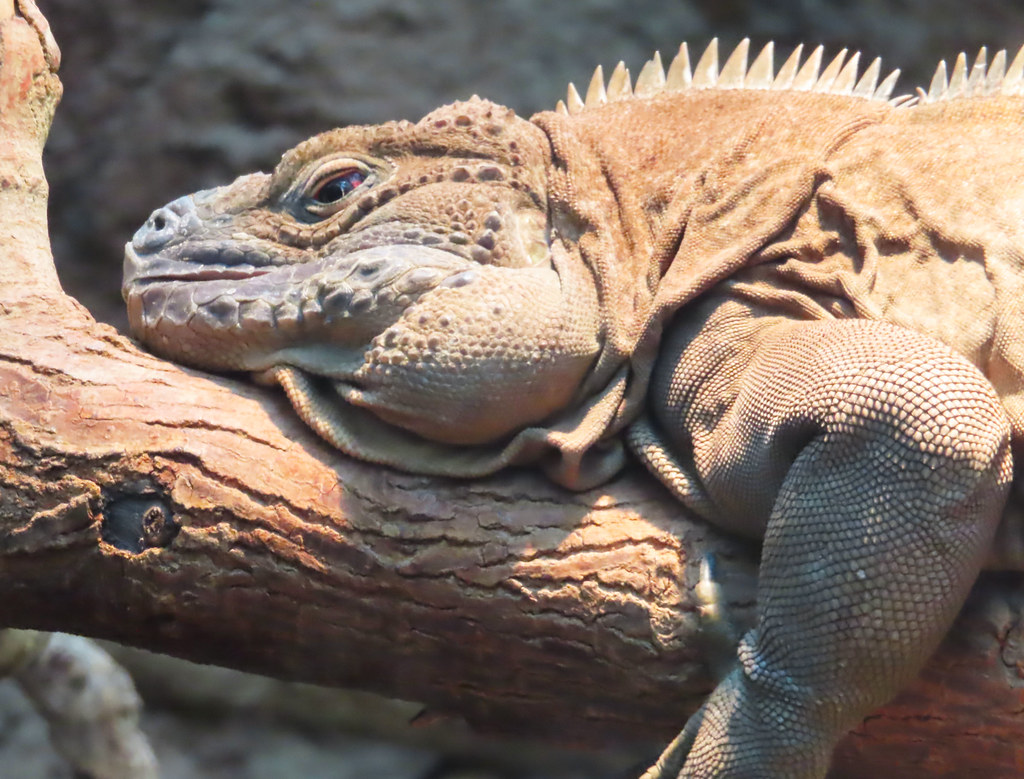
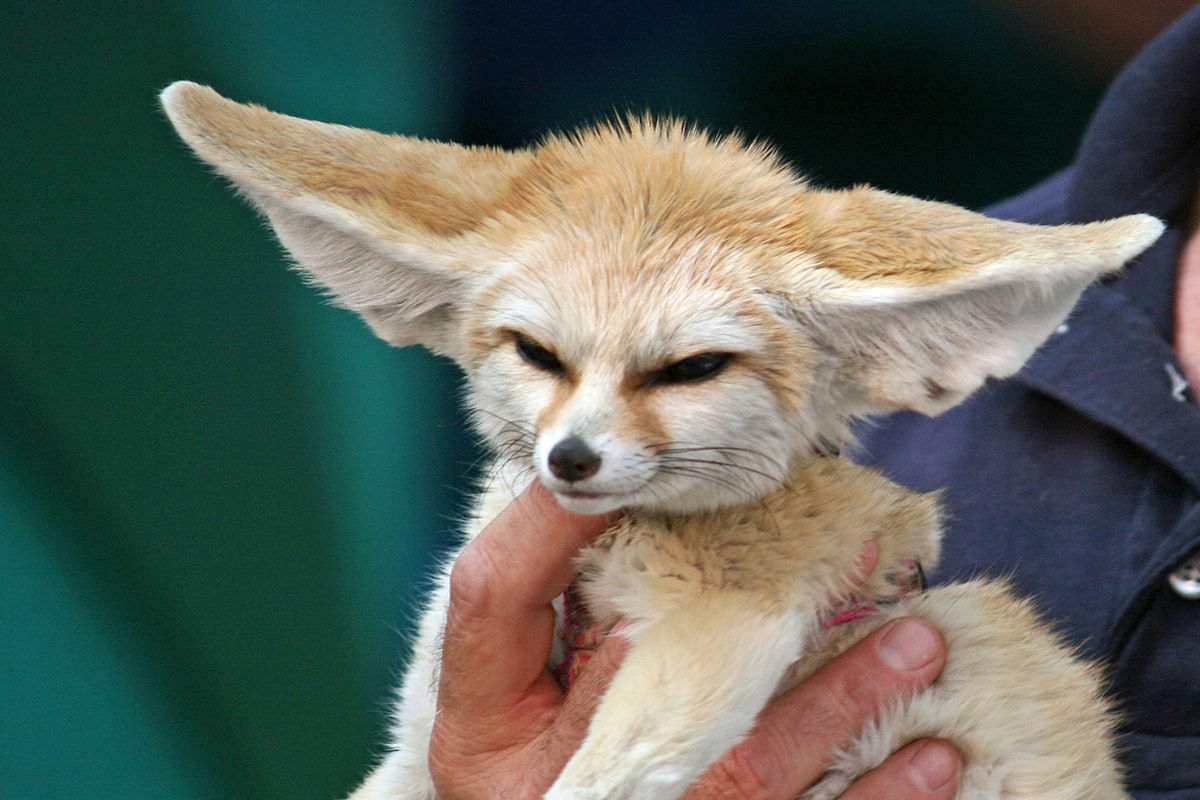
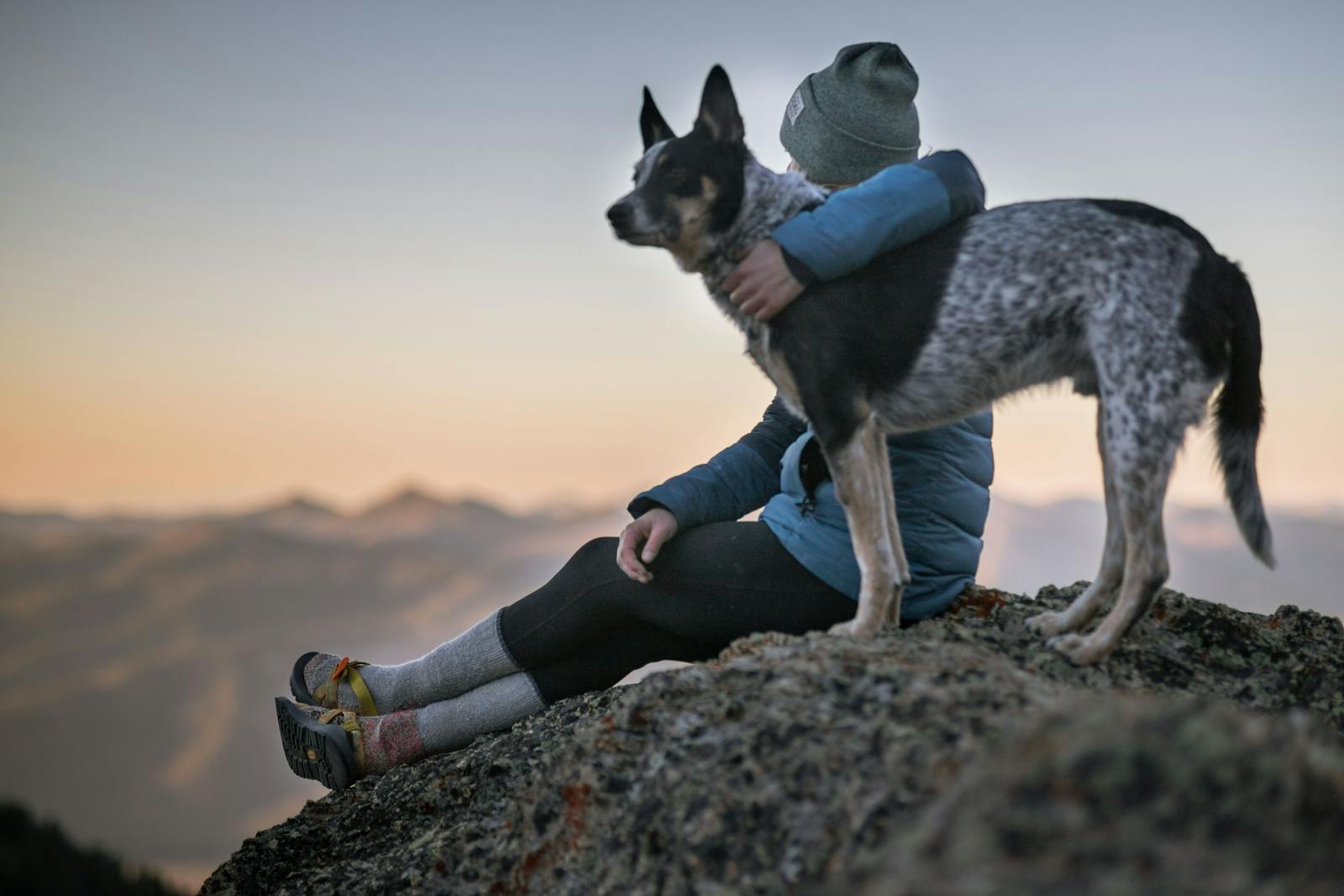
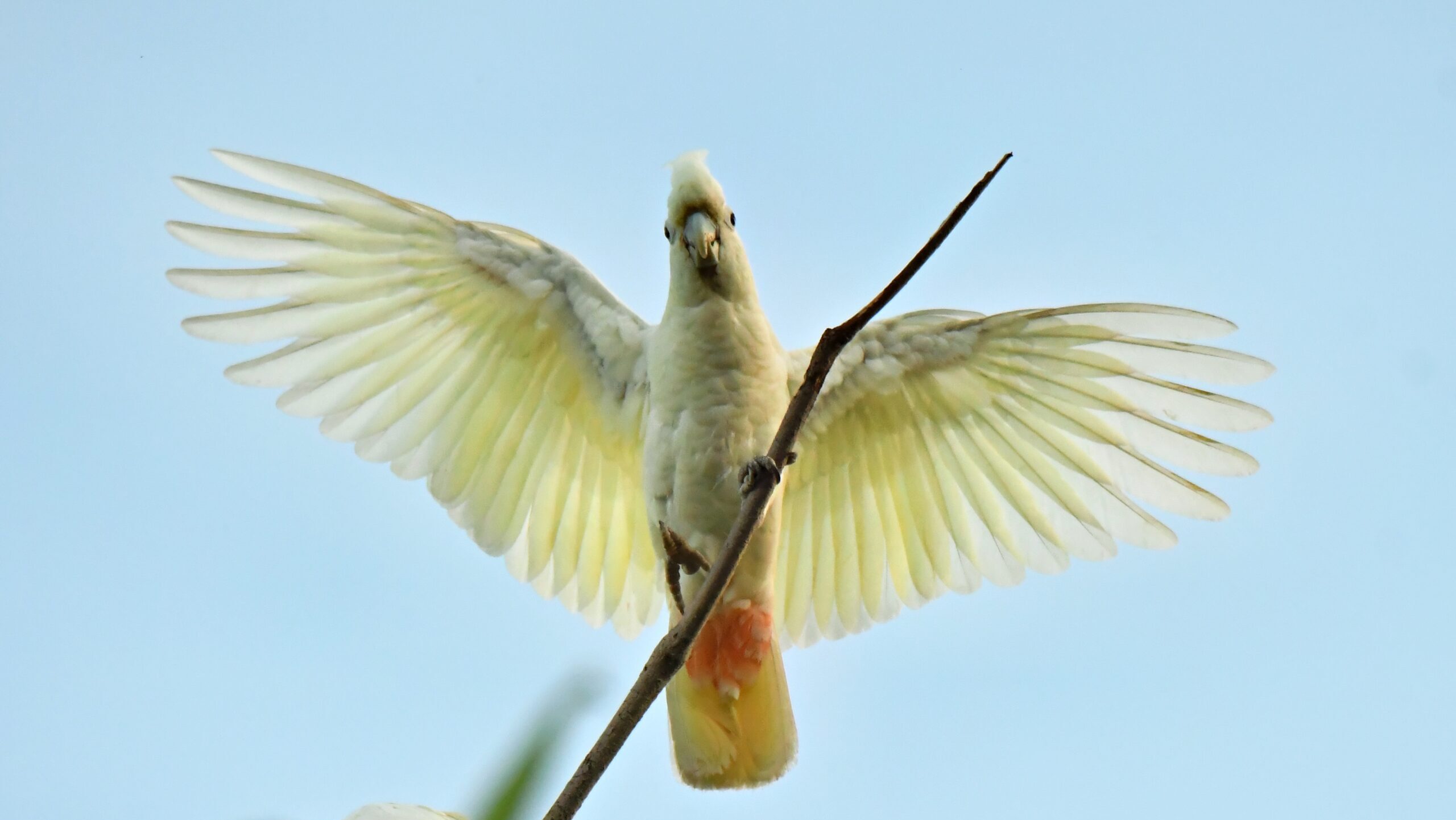
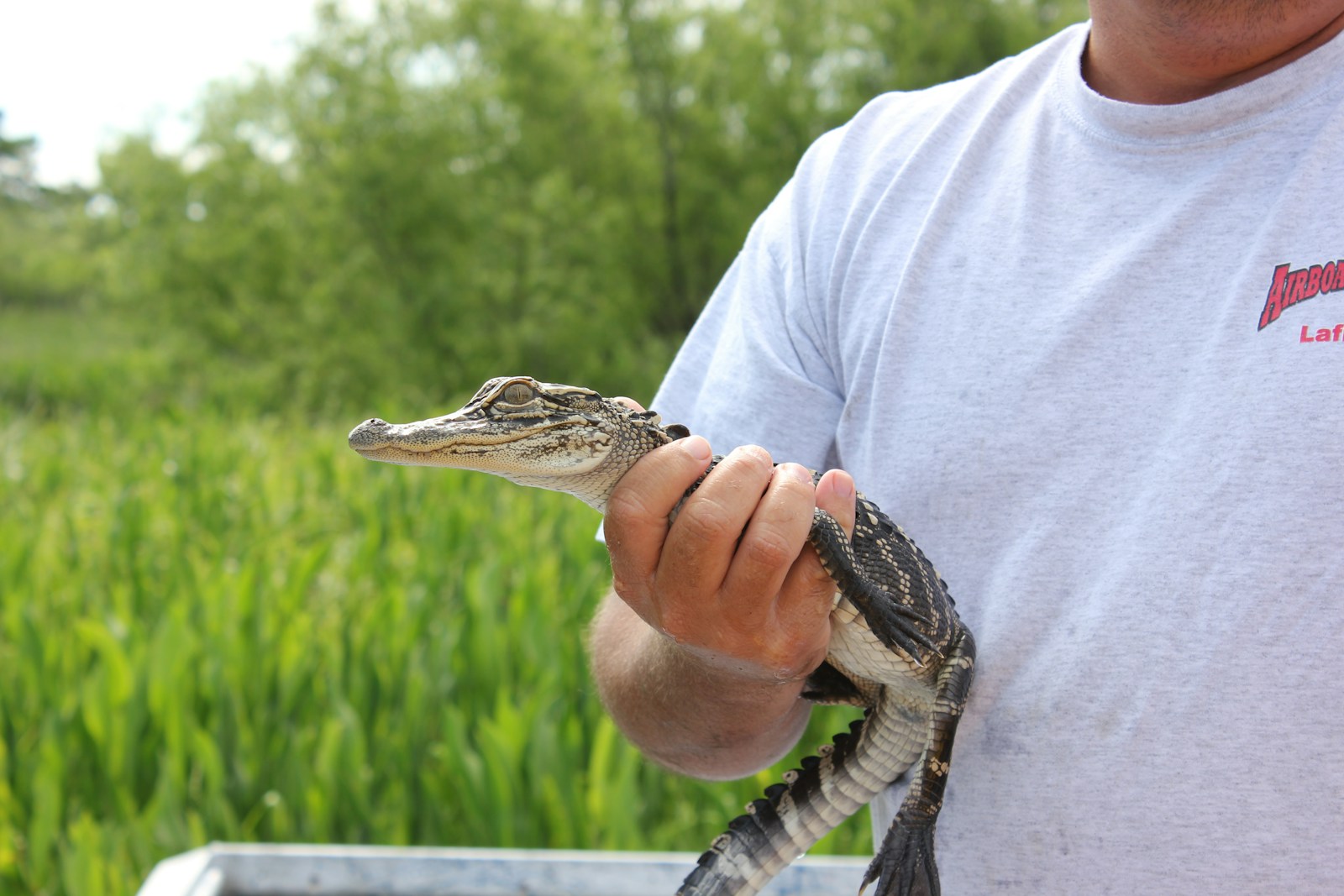

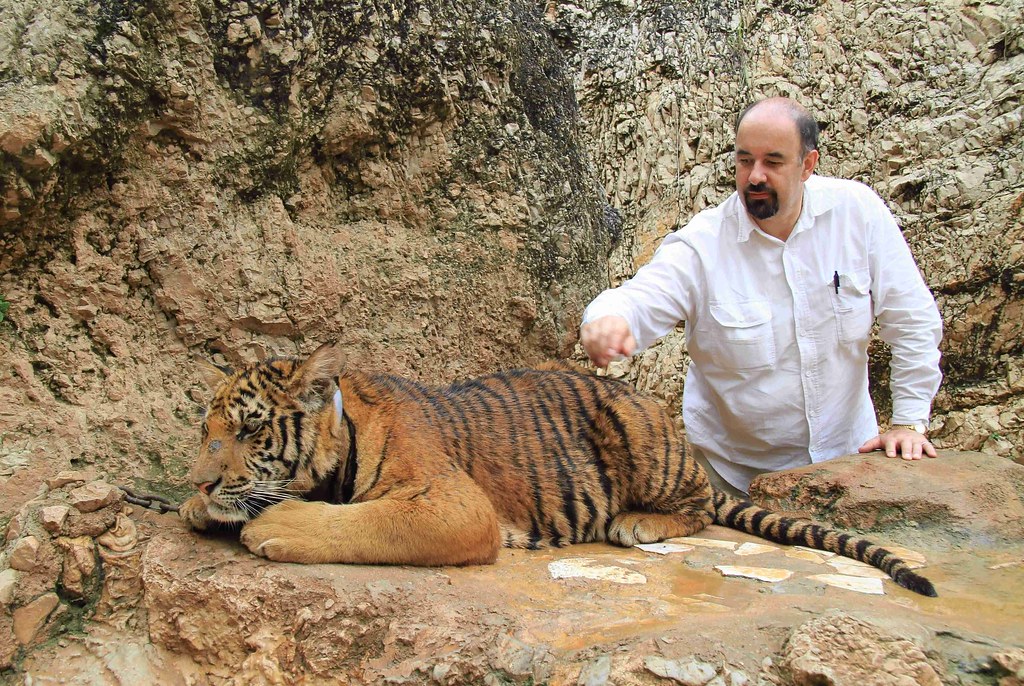
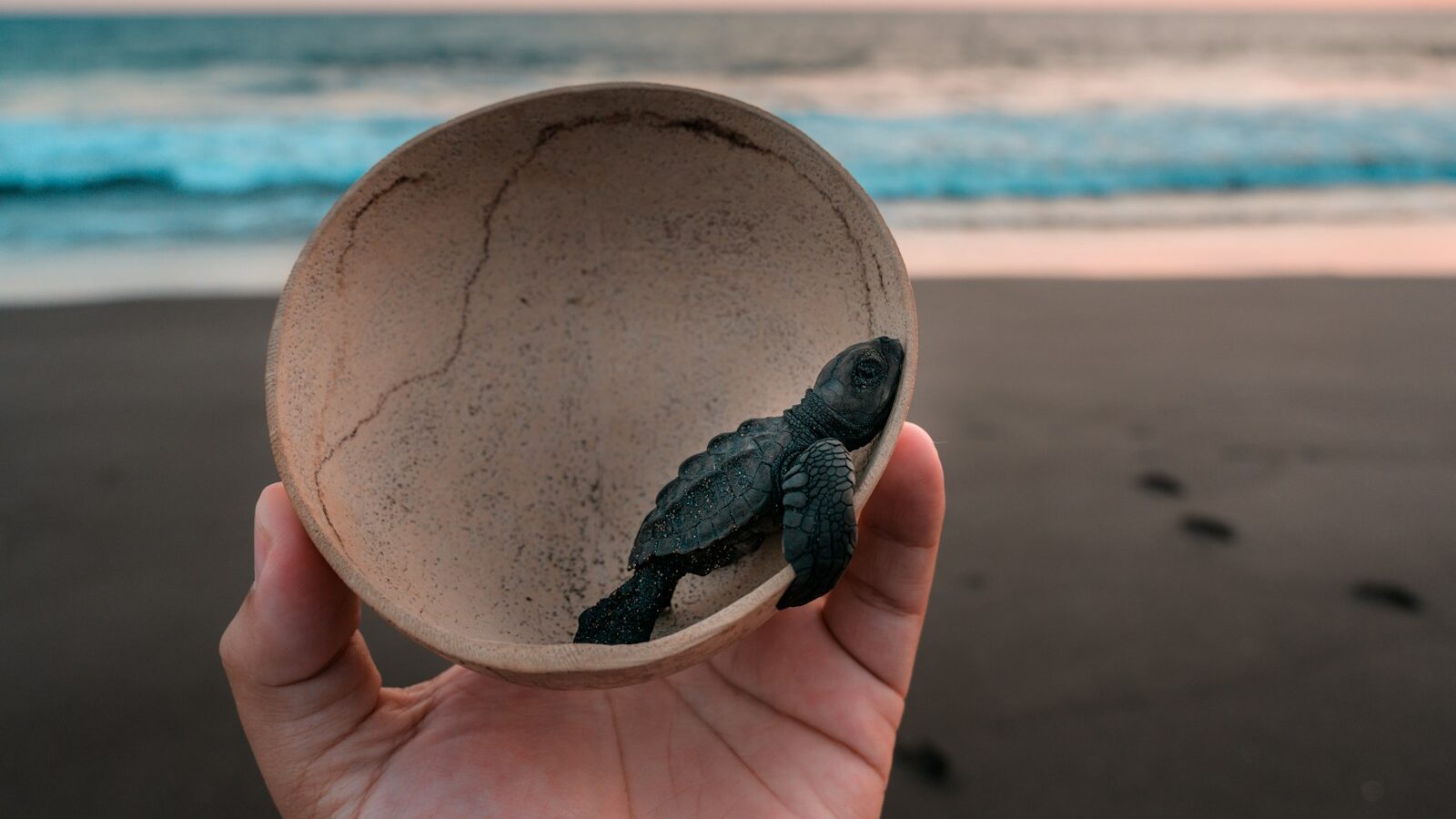




Leave a Reply